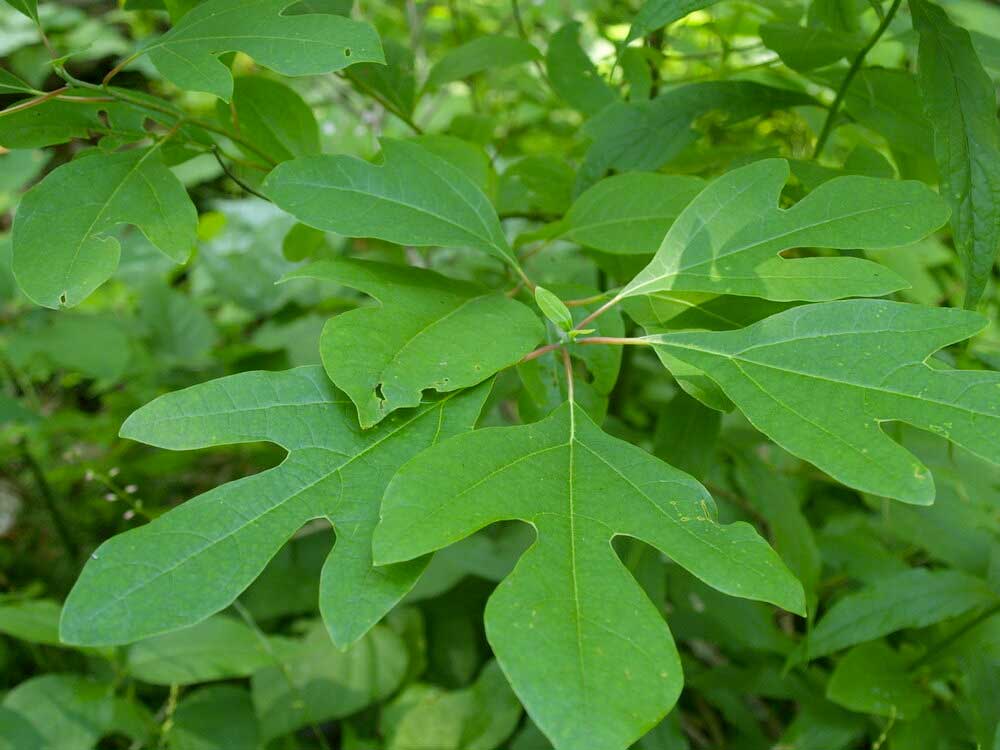Sassafras is a perennial tree native to eastern North America, long used by Native American tribes for medicinal purposes. Its bark and roots contain safrole, an organic compound responsible for its distinctive smell and flavor. Historically, sassafras was used to treat ailments like fevers, diarrhea, and rheumatism. However, modern research has raised significant concerns regarding its safety.
Potential Dangers & Toxicity of Sassafras Drug
Although sassafras contains some antimicrobial and anti-inflammatory properties, its high safrole content poses significant health risks. Safrole is considered a carcinogen, which means long-term exposure can increase the risk of developing cancer. Consuming just 5 mL of sassafras oil can be lethal to adults due to its toxicity, and chronic exposure may lead to liver damage and respiratory issues. As a result, the U.S. Food and Drug Administration (FDA) banned sassafras bark and safrole-containing products in the 1960s for use in foods and drugs.
Source: National Center for Biotechnology Information (NCBI)
Limited Medicinal Applications of Sassafras Drug
Despite the risks, some herbalists still advocate for limited and short-term use of sassafras root bark for conditions such as joint pain, gout, and rheumatoid arthritis. However, health authorities largely advise against its use due to the documented toxic effects. Safer, proven alternatives are widely available for managing these symptoms.
Source: PubMed
The History of Sassafras as a Recreational Drug
Early Use and Discovery
Sassafras has a long history of use, originally by Native American tribes for medicinal and ceremonial purposes. The plant’s roots and bark were brewed into teas and tonics believed to have healing properties. However, it wasn’t until the 20th century that sassafras gained recognition as a recreational drug.
Rise in Popularity of Sassafras Drug in the 1960s
During the counterculture movement of the 1960s, sassafras root bark became popular for its psychoactive properties. Its main compound, safrole, can be used in the production of MDMA (ecstasy). This period saw a surge in the demand for sassafras as underground chemists began using them to create illicit drugs.
Legal Crackdown
As the dangers of safrole and MDMA became more apparent, the U.S. government took action. In 1976, the FDA banned sassafras bark and root from being used as food additives due to their potential carcinogenic effects. Further regulations have made it illegal to manufacture, distribute, or possess sassafras for the purpose of producing controlled substances.
Modern Status of Sassafras Drug
Although the recreational use of sassafras has diminished, it remains a controlled substance in many regions. Strict regulations aim to limit its abuse and prevent its use in the illicit production of MDMA. However, some argue for the reevaluation of sassafras’s legal status due to its historical and cultural importance.
Synthetic Alternatives
With the crackdown on natural sources of safrole, underground chemists have shifted to using synthetic alternatives to produce MDMA. These synthetic compounds often pose greater health risks due to their unregulated production, leading to more dangerous side effects and unknown compositions.
Source: DEA Safrole Advisory
Is Sassafras Legal?
Sassafras has been used in both traditional medicine and culinary applications for centuries, but its legality is complex. In the U.S., the Drug Enforcement Administration (DEA) classifies safrole, the active compound in sassafras, as a controlled substance due to its carcinogenic properties. Sassafras root bark and safrole are listed as Schedule IV controlled substances under the Controlled Substances Act.
Restrictions and Regulations
The use, possession, and distribution of sassafras root bark and safrole are heavily regulated. However, exceptions exist for products containing trace amounts of safrole, such as certain root beers, which are legal to sell and consume. Sassafras leaves and stems, which contain lower safrole levels, are not currently regulated by the DEA.
Which drug effects are similar to the sassafras drug?
Answer: The effects of the sassafras drug are often compared to those of MDMA (ecstasy), as sassafras contains safrole, a precursor in MDMA production. Both substances can induce euphoria, increased energy, and heightened sensory perception. MDMA, however, tends to have stronger effects, often linked to intense emotional experiences, while sassafras in its natural form produces milder psychoactive effects.
Similar to MDMA, consuming sassafras can lead to severe side effects such as hyperthermia, dehydration, and cardiovascular stress. Another comparable substance is mescaline, a psychedelic found in peyote cactus, known for altering perception and mood, although its action is different from MDMA. Safrole connects MDMA and sassafras chemically, contributing to their similar effects.
Sources:
National Center for Biotechnology Information (NCBI),
DEA Safrole Advisory
Overdose Signs and Symptoms of Sassafras Drug
It’s important to recognize the symptoms of a sassafras overdose, which can vary depending on dosage and individual tolerance. Common signs include nausea, vomiting, seizures, and psychological distress, such as panic attacks or hallucinations. In severe cases, hyperthermia (dangerously high body temperature) and rapid heart rate may occur, leading to organ failure or death.
Recognizing Overdose Symptoms
Symptoms of a severe overdose may also include respiratory issues, such as difficulty breathing, and loss of consciousness or seizures. Immediate medical attention is crucial if these symptoms appear, as they can be life-threatening.
Source: UF Health










